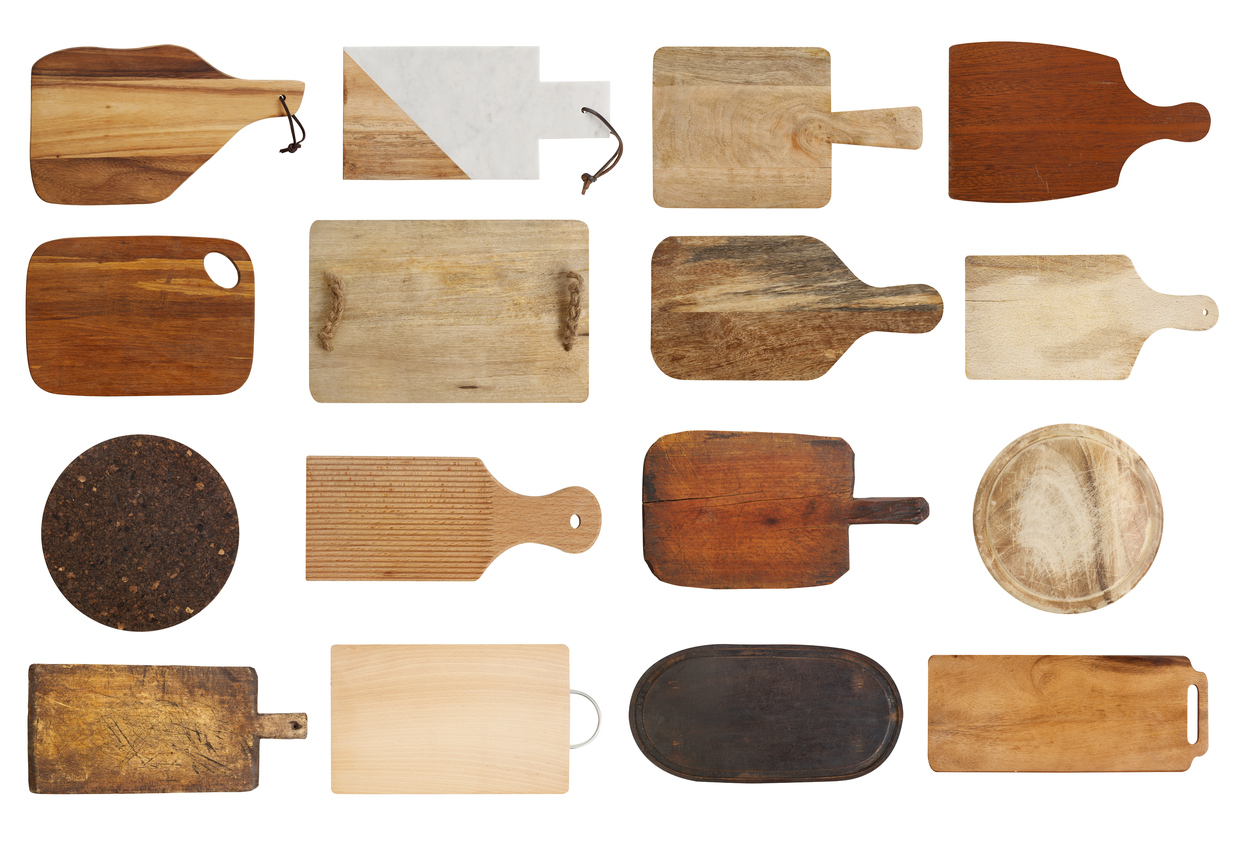
Wooden Serving Tray Projects That Sell Well Year-Round
Wooden serving trays are versatile and practical items that can be used for a variety of purposes, making them a popular choice for crafters and entrepreneurs. These trays can be customized with various finishes, designs, and functionalities, catering to diverse tastes and needs. By understanding the key elements that make wooden serving trays desirable, you can create products that sell well year-round.
Factors that Contribute to Year-Round Sales
Wooden serving trays hold enduring appeal due to their versatility, aesthetic appeal, and practicality. They can be utilized for various occasions and purposes, catering to a wide range of customers throughout the year.
Versatility and Functionality
Wooden serving trays offer a versatile platform for serving food, beverages, and other items. Their practicality extends beyond serving, as they can also be used for organizing, displaying, and gifting.
- Food and Beverage Serving: Wooden serving trays are ideal for presenting appetizers, desserts, coffee, tea, and cocktails. Their natural warmth and rustic charm enhance the dining experience.
- Organization and Display: Trays can be used to organize toiletries, cosmetics, jewelry, or to display decorative items, candles, and small plants.
- Gifting: Wooden serving trays make thoughtful and practical gifts for housewarmings, weddings, birthdays, and holidays.
Aesthetic Appeal
Wooden serving trays possess a timeless aesthetic that blends seamlessly with various décor styles. Their natural wood grain adds warmth and character to any setting.
- Rustic Charm: The natural wood grain and texture contribute to a rustic and inviting aesthetic, appealing to those who appreciate handcrafted items.
- Modern Simplicity: Smooth, polished wood finishes provide a sleek and modern look that complements contemporary interiors.
- Customization: The ability to personalize trays with custom designs, engravings, or painted accents allows for a unique and personalized touch.
Durability and Sustainability
Wooden serving trays are known for their durability and longevity, making them a sustainable choice. They can withstand regular use and are less likely to crack or break compared to other materials.
- Natural Material: Wood is a renewable resource, making it an environmentally friendly choice for crafting serving trays.
- Durability: High-quality wood is sturdy and can withstand the wear and tear of everyday use.
- Longevity: Properly cared for wooden serving trays can last for generations, making them a valuable heirloom.
Crafting Ideas for Wooden Serving Trays
By understanding the key elements that contribute to year-round sales, you can create wooden serving trays that cater to diverse customer needs and preferences.
Seasonal Themes
Incorporate seasonal themes into your designs to capture the spirit of different times of the year.
- Spring: Create trays with floral motifs, pastel colors, and delicate designs.
- Summer: Design trays with nautical themes, beachy colors, and tropical patterns.
- Fall: Incorporate autumnal colors, leaves, and harvest-themed motifs.
- Winter: Design trays with wintery scenes, snowflakes, and festive colors.
Functional Features
Consider adding functional features to enhance the practicality and value of your wooden serving trays.
- Handles: Include handles for easy carrying and transport.
- Dividers: Incorporate dividers to separate different items, such as snacks, drinks, or utensils.
- Storage Compartments: Add built-in storage compartments for small items, such as tea bags or sugar packets.
- Wine Bottle Holders: Design trays with a built-in wine bottle holder for entertaining and gifting.
Customizable Options
Offer customizable options to allow customers to personalize their trays with their own unique touches.
- Engraving: Allow customers to personalize their trays with engraved names, dates, or special messages.
- Painted Accents: Offer custom painting services, allowing customers to choose colors and patterns that match their style.
- Wood Finishes: Provide a range of wood finishes, such as stains, varnishes, and waxes, to allow customers to achieve their desired look.
Marketing and Sales Strategies
Promote your wooden serving tray creations through a variety of channels to reach a wide audience.
Online Platforms
Utilize online platforms to showcase your products and reach a global market.
- Etsy: Etsy is a popular marketplace for handcrafted and vintage items, ideal for selling unique wooden serving trays.
- Amazon Handmade: Amazon Handmade is another platform where you can sell handcrafted items, including wooden serving trays.
- Your Own Website: Creating your own website gives you greater control over your brand and allows for direct sales.
Local Markets and Events
Participate in local markets, craft fairs, and events to connect with potential customers in person.
- Craft Fairs: Many communities host craft fairs throughout the year, providing opportunities to showcase and sell your wooden serving trays.
- Farmers Markets: Farmers markets offer a platform to sell your products alongside other local artisans and food vendors.
- Holiday Markets: Holiday markets provide a festive setting for selling wooden serving trays that are perfect for holiday entertaining and gifting.
Social Media Marketing
Use social media platforms to share your products, connect with customers, and build brand awareness.
- Instagram: Instagram is an ideal platform for showcasing visually appealing wooden serving trays, using high-quality photos and videos.
- Facebook: Facebook allows you to create a business page, share your products, engage with customers, and run targeted advertising campaigns.
- Pinterest: Pinterest is a visual search engine where you can create boards featuring your wooden serving trays, attracting customers who are searching for inspiration and ideas.
Conclusion
Wooden serving trays are versatile, aesthetically pleasing, and practical items that hold enduring appeal. By understanding the factors that contribute to year-round sales and by implementing effective marketing and sales strategies, you can create a successful business selling handcrafted wooden serving trays. Whether you focus on seasonal themes, functional features, or customizable options, there is a market for unique and well-crafted wooden serving trays.












